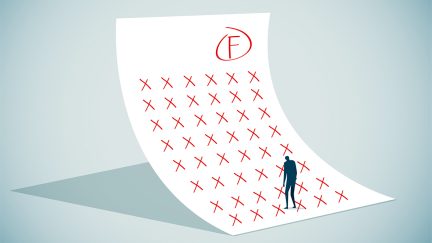For more stories like this, sign up for the PLANADVISERdash daily newsletter.
403(b) Sponsors Continue Improving Plans
The latest 403(b) plan sponsor survey from the Plan Sponsor Council of America (PSCA) and sponsored by the Principal Financial Group found increased use of automatic enrollment, greater participant education, and refined investment lineups among 403(b) plans.
Just over 10% of respondents added automatic enrollment in the last year compared to 8% of 401(k) plans that added automatic enrollment. More than half of organizations increased their employee education efforts, with nearly one-quarter providing education specifically on market volatility.
More than 30% of organizations changed the investment lineup in the last year, including nearly 65% of organizations with 1,000 or more participants.
In addition, the survey found just over 16% of 403(b)-sponsoring organizations either increased or restored their matching contributions in the past year. Nearly 40% of organizations that suspended or reduced their match during the last four years have now restored it to previous levels.
Nearly 45% of respondents indicated an increase in participation, up from 38% reporting an increase the previous year.
“The survey shows that the 403(b) system is actually improving during this volatile period,” says David Wray, president, PSCA. “Employers are following through on their commitments to their employees, and employees are responding.”
(Cont...)
Improved Plan Oversight
The latest 403(b) plan sponsor survey from the Plan Sponsor Council of America (PSCA) and sponsored by the Principal Financial Group also gives insight into plan sponsors’ evolving awareness of their Employee Retirement Income Security Act (ERISA) status. Compared to the previous survey, fewer plan sponsors identify their plans as non-ERISA plans (12.1%), and more are uncertain of their plan’s ERISA status (12.6%). Larger 403(b) plans are converting to ERISA status at twice the overall rate.
Half of all plans now have a committee responsible for reviewing fund performance and/or plan compliance. The percentage is actually higher among plans with 200-999 participants (77.8%) and plans with 1,000 or more participants (89.2%).
In addition, half of 403(b) plan sponsors are more closely scrutinizing fees paid by the plan and participants. Eighty-four percent of sponsors of the largest plans are doing so. Two-thirds of plan sponsors say their provider is providing fee information in a way that is easy to analyze.
Nearly 10% of all plan sponsors report they are monitoring whether participants are on track for retirement, but twice as many (20.3%) of sponsors with 1,000 participants or more say they are doing so.
Five percent of organizations have consolidated the number of service providers to their plans. The average number of providers prior to consolidation was five, and the average following consolidation is two. Another 4% of organizations say they plan to consolidate the number of service providers to their plan in the next year.
Full survey results are available at http://www.psca.org.


